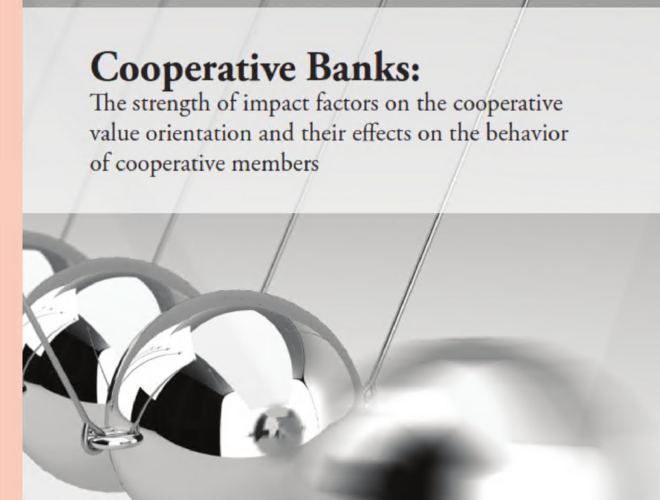Author
Ryan van Hout is a Risk Advisor at Rabobank Netherlands, in the Recovery and Resolution expertise area. In addition to Rabobank, Van Hout is active as a commissioner at Noorderkwartier N.V., an organisation providing social employment, as well as the MEE & De Wering foundation, a social services and client support organisation.
Summary
This dissertation describes a study about the factors that influence the cooperative value orientation of the Board of Directors, Supervisory Board, Member Council and members of local cooperative banks. Research has been conducted on the impact of these factors on the behavior of members towards the local cooperative bank. In general, we distinguish two types of banks: commercial banks and special banks. The cooperative bank can be considered as special because of the unique relationship with its members: members have four roles towards the cooperative bank. They are owner, customer, supervisor and stakeholder (being member of the community). The cooperative bank has been founded by and for its members, and instead of aiming for profit maximization, its purpose is to stimulate the economic welfare of the members. Cooperative banks insufficiently benefit from this
special relationship.
This empirical research aims to gain knowledge regarding factors that influence the behavior of members. This consists of financial behavior (such as purchasing more products/services from the bank) as well as non-financial behavior (such as participating in cooperative activities). In the academic research reported here the local cooperative banks from the Netherlands and Germany are compared with one another regarding their value orientation. This has not been found in other academic research. The ‘extra’ of the cooperative bank, compared to commercial banks, is the cooperative value orientation. Three parties (the members, the Board of Directors and the Supervisory Board) each have their own value orientation that influences the behavior of each other towards the cooperative bank. The reasons behind the differences in the value orientation are subsequently explained. For this research, a new conceptual model has been developed (the conceptual model is a diagram depicting all the concepts to be studied, as well as the relationships that can be determined between these concepts).[...]
The full summary can be downloaded by clicking on the link below the side picture.


